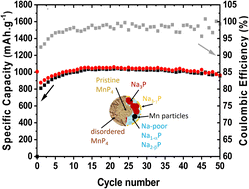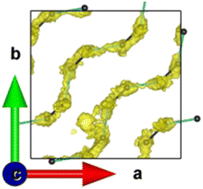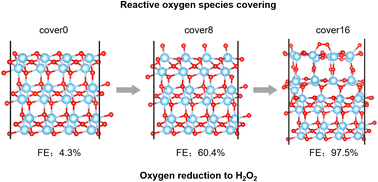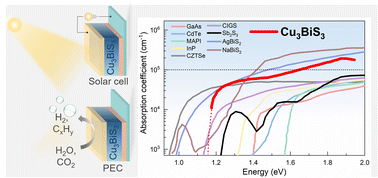J. Mater. Chem. A, 2023, Advance Article
DOI: 10.1039/D3TA02329J, Paper
DOI: 10.1039/D3TA02329J, Paper
 Open Access
Open Access This article is licensed under a Creative Commons Attribution-NonCommercial 3.0 Unported Licence.
This article is licensed under a Creative Commons Attribution-NonCommercial 3.0 Unported Licence.Julien Fullenwarth, Bernard Fraisse, Nicolas Dupré, Lorenzo Stievano, Laure Monconduit
MnP4 has recently been identified as a possible negative electrode for Li-ion batteries.
To cite this article before page numbers are assigned, use the DOI form of citation above.
The content of this RSS Feed (c) The Royal Society of Chemistry
MnP4 has recently been identified as a possible negative electrode for Li-ion batteries.
To cite this article before page numbers are assigned, use the DOI form of citation above.
The content of this RSS Feed (c) The Royal Society of Chemistry







